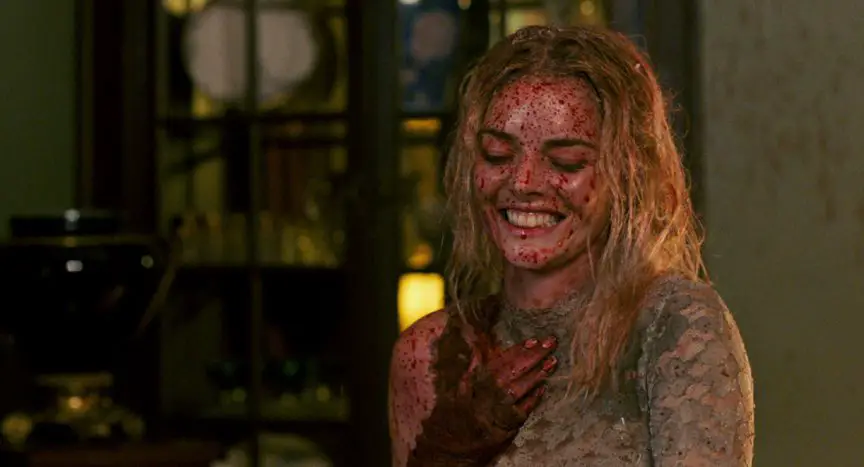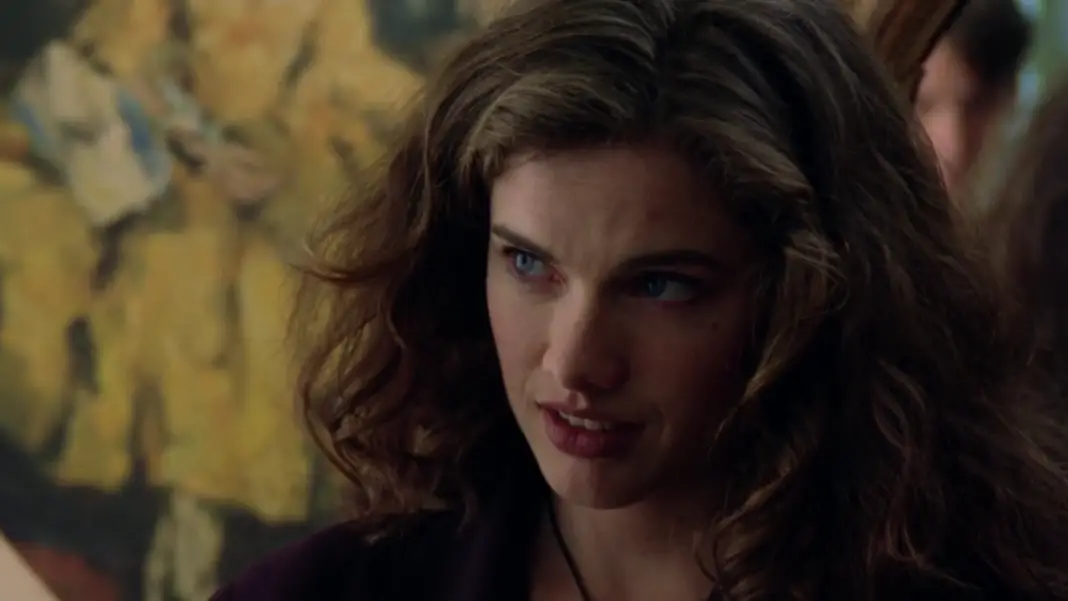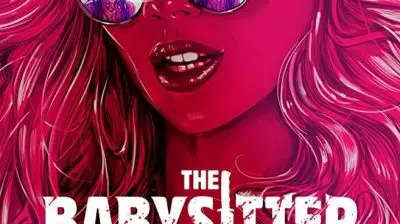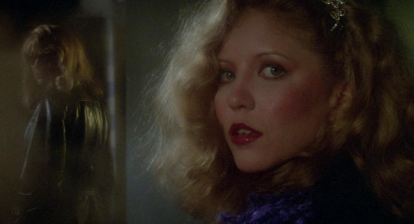The slasher is arguably the most popular (and profitable) horror movie sub-genre. Historically, there are a specific set of guidelines that a slasher film must abide by to succeed. There must be a deranged (often masked), weapon-wielding serial killer who hunts down a group of morally-questionable yet attractive teens. The murderer picks off said teens one-by-one, usually in brutal and over-the-top kills. We watch and keep track of the villain’s “kill count”, until there’s only one teen left. She’s terrified, beautiful, and (for reasons to be examined) the only character deemed worthy to defeat the villain…or in most cases, fend him off long enough to see a sequel. She is our protagonist, our sole-survivor, our Final Girl. But how does she survive while everyone else perishes? She follows the rules.
See Also: 10 of the Most Memorable Killers from Horror Cinema
Rules of the Slasher
The major rules for surviving a Slasher are abstaining from sex and avoiding drugs or alcohol. Common themes also include (but are not limited to) hyper-violence, emphasis on gender roles, and a strict moral code. The “Final Girl” phenomenon can be surmised as survival being granted to the most moral and sexually androgynous female in the movie, who ultimately has participated in the least amount of “sinful” behavior.
Over the decades, the motif of the Final Girl has dramatically changed. In more recent Slasher films, our heroine is not just a vulnerable victim, but a bad-ass and resourceful match for the villain. This paradigm shift urges one to ask the question: Should we still follow the “rules”, or should we completely change them?
The Women We Kill
The Final Girl may seem like a win for women; we historically survive longer than men in horror films. But is it really success if you have to stifle your sexuality to survive? The issue with slashers having themes of misogyny isn’t even just about the Final Girl, it’s the women who are portrayed as being too stupid or sinful to survive. And men can’t be the final survivor, because their masculinity can’t be subdued. It’s far too important. In fact, they often need to die for the women in the films. Better yet, they’re willing to die if that means they get to have sex (Just kidding. Stop yelling at me).
In her 1992 book Men, Women, and Chainsaws, Carol J. Clover coined the term “Final Girl”. She argues that “To applaud the Final Girl as a feminist development…is, in light of her figurative meaning, a particularly grotesque expression of wishful thinking” (53). Maybe the Final Girl herself is the feminism we want to enjoy, but the demonizing of the other females is the misogyny we should leave in the past.
Related: Most Memorable Final Girls of Horror
Final Girls tend to be desexualized throughout Slashers to gain empathy. In Halloween, meet Laurie as she’s wearing a turtleneck, a cardigan, and a skirt down to her ankles. She mentions that guys think she’s “too smart” to date, and she’s also the only competent babysitter in Haddonfield. This is further emphasized by her friends who are out having sex and drinking [and eventually getting murdered]. In the Texas Chainsaw Massacre, Sally is taking care of her paraplegic brother on the way to their grandfather’s grave. The sex factor is intentionally depleted, while the notion of innocence is reinforced. Alice in the original Friday the 13th is also conveniently the only one in “strip monopoly” that remains comfortably clothed. When she comes close to taking her shirt off, the game is immediately shut down. In this light, the Final Girl becomes the baby sister that we want to protect.
Violence and Culture
The “Golden Age” of Slashers existed from about 1978-1984. These movies appealed so successfully to audiences that much of the 1980s saw filmmakers attempting to replicate that success. The Final Girl trope eventually becomes played out, campy, and sexist. If looked at through a singular lens, the Final Girl story seems like one of triumph and strength. But once the same story is imitated several times, we notice the faults. The rules of surviving also seem conservative now, as the world has become a more liberal place. This is the primary reason why the formula can’t continue to survive decades later: the ever-changing political and cultural climate.

Horror movies often reflect the fears of the current culture. Women were being brutalized and murdered in the 1970’s and 80’s in a way that was relevant to the pinnacle of Slasher films. Texas Chainsaw Massacre was (very loosely) inspired by a real-life serial killer, and Ted Bundy’s Florida State University murders were incredibly similar to the murders that take place in Black Christmas. In fact, NBC once canceled their broadcast of Black Christmas due to public outcry. Aside from Bundy, some of the most infamous murderers were active during the 1970’s (the Manson Family, the Zodiac Killer, Ed Kemper, the Hillside Strangler, etc.). Joe Spinell reportedly studied multiple serial killers to prepare for his villainous role in the disturbing and gory Maniac (1980). The violence that occurred towards women in horror films was relevant to the violence towards women in the real world.
Related: How Maniac Eerily Explores Murder from a Killer’s Perspective
By the mid-1980’s, serial killings had heavily declined. Juvenile violence and juvenile arrests were soaring, but Slashers still clung desperately to the original guidelines, causing a serious decline in popularity. Teens of the mid-80’s and 1990’s were no longer drawn to the sub-genre’s predictability.
Enter: Scream (1996)

Ghost Face: “Do you like scary movies?”
Sidney Prescott: “What’s the point? They’re all the same. Some stupid killer stalking some big-breasted girl who can’t act who is always running up the stairs when she should be running out the front door. It’s insulting.”
In perfect meta form, Scream changed the Slasher sub-genre forever. Our group of teens are smart and witty. They’re self-aware of the danger around them and what it will take to survive. Audiences could finally relate to the characters within a slasher again. The teens in Scream were as empowered and progressive as their real-life contemporaries. Although Scream didn’t necessarily alter all of the “rules”, it certainly broke a few: the villain wasn’t a fantastical superhuman-murderer, Sidney has sex and survives, and the most famous actress is brutally murdered within the first few minutes of the film. Scream reignited attraction to horror by pushing past the outdated rules to make a new, attention-grabbing film. Afterwards, there was no going back to the old formula.
See Also: Still Screaming: 20 Years Later, Craven’s Classic Is King
From the 1990s forward, we really start to see the evolution of slashers. Our villains are more of realistic. The films also seem to feature the “whodunit” motif of the giallo, keeping the audience on their toes.
Unfortunately, women were still being victimized on film in relation to their sexuality. Even in Scream, Sidney is targeted because of her mother’s sex life. We still find the horror sub-genre equating sex with death, and sins with condemnation. It’s possible that the only way to surpass this trope was to really, really turn the genre onto its head.

“Yes. Yes, I’m a virgin. I’m a virgin. I’ve never even done sex. I don’t even know how. So, you guys should find somebody. Who does. Know how.” – Jennifer Check, Jennifer’s Body (2009).
Women Attack Back
Now a cult-favorite, Jennifer’s Body (2009) throws the abstinence rule in the audience’s face and becomes a feminist classic. Jennifer actually survives part of the film because she’s not a virgin, and our victims are men who are killed regardless of their virginal status. Jennifer’s Body was one of the first horror features to portray women as being equally smart, strong, and sometimes as scary as the male villains and characters of the past. Initially receiving harsh criticism, Jennifer’s Body was a film ahead of its time. Regardless, it shed light on what female young-adults were going through: girl-on-girl competition, insecurities, and the loss of innocence. Hmm. Sounds like a realistic portrayal of women. This supernatural slasher reversed gender roles and horror ideals, opening the door for more kick-ass Final Girls.

Two years later, fans were treated with the terrifying and thrilling home-invasion slasher, You’re Next. Our Final Girl (Erin) begins taking the reins almost immediately, creating countermeasures to attack the masked assailants. She later discloses that she was raised on a survivalist compound. We finally have a Final Girl surviving for reasons other that have nothing to do with sexuality.
Related: Noteworthy Heroines of Horror: Erin from You’re Next
Within the same year, Cabin in the Woods emerged as another witty horror film with smart teens who quickly become aware of the danger they’re in. Similarly meta to Scream, this film makes fun of the categorical teen characters portrayed and often killed within slasher films (the sexually generous one, the scholar, the athlete, the fool, the virgin). Most hilariously, they harp on slasher tropes by stating that humanity will actually crumble if the teens don’t die according to their rules (The sexually generous one has to die first, and the virgin either has to die last or survive, but only her). The real treat is that the “Final Girl” in the film ends up not being the only survivor.
A Decade of Feminine Heroes
Since 2010, we’ve seen slasher films that feature feminism and strong female roles do significantly better among critics and audiences than those that continued to use outdated guidelines. We even saw a ret-con sequel to Halloween that contained creative plot pieces and multiple strong, prepared, resourceful women. We also saw movies like The Final Girls (2015), Hush (2016), It Follows (2015), Satanic Panic (2019) and Ready or Not (2019) that establish female strength, independence, and sometimes feminine teamwork.
Although more on the psychological horror side, It Follows reminds us that fresh ideas can work in horror. The film visually gives multiple nods to the golden era of slashers, but it also takes sex and transforms it into an actual monster. Ironically, the only way to survive is to have sex again. Most importantly, our characters are likeable, relatable teens. In Ready or Not, we have a strong Final Girl who quite literally burns down the patriarchy, while poking fun at the downfalls of traditional marriage. Aunt Helene is also one of the best characters of all time, but we’ll save that for another day.
Final Girls are Still Not Finalized
In the end, it’s a horror movie. Almost everyone should die. And watching that is half the fun. It’s something scary but safe as you watch from a distance, in another universe. Is the Final Girl sexist in nature? Who’s to say? Is one woman’s survival worth the loss of so many of her counterparts? Probably not. At least, the Final Girl is slowly developing into a character that is worthy of survival not based on puritanical morals, but the sheer will to live. The only reason anyone should survive a slasher is because they desperately don’t want to die. Not because they’re hot, not because they’re a virgin, and not because we’re empathetic towards them. On a less-important (personal) note, I would like to see an average to below average-looking woman save the day, just once. For the rest of us.




